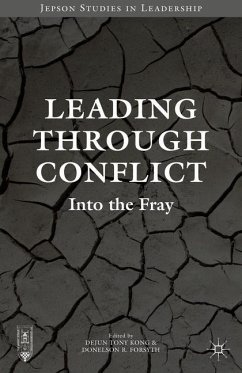"Once again, editor Jack Santino shows his gift for seeing the extraordinary in the ordinary. Spontaneous Shrines and the Public Memorialization of Death
reveals an emerging, globalizing language of loss and memory that can deal with the unassimilable fact of unjust, untimely death. The new traditions documented here are moving, powerful and potentially subversive." - Susan Davis, University of Illinois, Urbana-Champaign
'It is a sad fact of our times that we should have so many reasons to mourn collectively. Wherever that may be (Madrid, Buenos Aires, Oklahoma, Derry, New York, Pouch Cove), for whatever reason (a car crash, assassination, terrorist attack, natural disaster, genocide), grief materializes itself in public
in the most extraordinary ways. Just how that happens - and what it tells about who we are - is the subject of this life-affirming book, which examines spontaneous and self-organizing forms of mourning. These grassroots expressions offer an important alternative - and sometimes even resistance - to the formalities of church, funeral home, and civic commemoration. Ephemeral, tactical, and interstitial in the ways they locate themselves in public space, the spontaneous shrines examined in this book are worthy of the careful documentation and analysis provided by this important book.' - Barbara Kirshenblatt-Gimblett, author of Destination Culture: Tourism, Museums, and Heritage
'This volume fills the need for sustained attention tothe ethnographic and aesthetic details of spontaneous shrines, and situates these observations within a broader theoretical framework for understanding public memorialization of death. Readers will be moved by integrity of those who mourn and provoked by the implications of public acts of mourning we often overlook.' - Peter Tokofsky, Education Specialist at the J. Paul Getty Museum and Adjunct Associate Professor of World Arts and Cultures at the University of California, Los Angeles (UCLA)
Praise for Jack Santino's Signs of War and Peace:
"Santino shows great evenhandedness in treating the sides in the conflict, and his study is informative, thoughtful, and thought-provoking." - Choice
This extraordinary ethnographic work sheds a fresh light on the capacity of popular tradition to create public space, and collectively fashioned art-driven by passion and intellect-to articulate what is unsayable in politics. Santino's superbly written work illuminates the range of ways in which popular artistic traditions in Northern Ireland make visible what is too often hidden from the view of politics: the personal impacts of political decisions. - Mary Hufford, American Folklife Center, Library of Congress
Santino provides a rarely available perspective on violence. He presents the perspectives of the people of Northern Ireland through their creative uses of traditional forms of expression. Responding to the threat and reality of death, present in theirneighborhoods at all times, they respond with efforts to maintain their humanity and identities with shrines that memorialize specific individuals yet also serve to draw attention to the consequences of the conflict. Understanding the tragic consequences of violence for other human beings offers an alternative to the frustrations of diplomacy. Perhaps such an approach could prove to be a more fruitful route to peaceful solutions. - Beverly Stoeltje, Indiana University
Signs of War and Peace offers a fascinating excursion into the politics of popular art in an embattled land, where two incompatible versions of history coexist. In refreshingly readable prose, Jack Santino shows how public displays like drum-beating, litter-can rattling, handshaking, flag flying, and curbstone and mural painting operate symbolically to perpetuate a state of war. By so doing, he teaches us not only about the anguished inhabitants of Northern Ireland but also about ourselves. - Stanley Brandes, University of California at Berkeley
Signs of War and Peace is an impressive look at the range of display events associated with the war in Northern Ireland. As far as I know, there has been no other work on this particular side to the conflicts in Northern Ireland. Santino is an established scholar who has devoted a great deal of his time in the last several years to fieldwork in Ireland, and the manuscript that he has produced as a result is filled with important ethnographic data and revealing interviews with many people in Northern Ireland who have participated in the display events he seeks to analyze. I truly enjoyed reading this manuscript. - Meg Brady, University of Utah
















